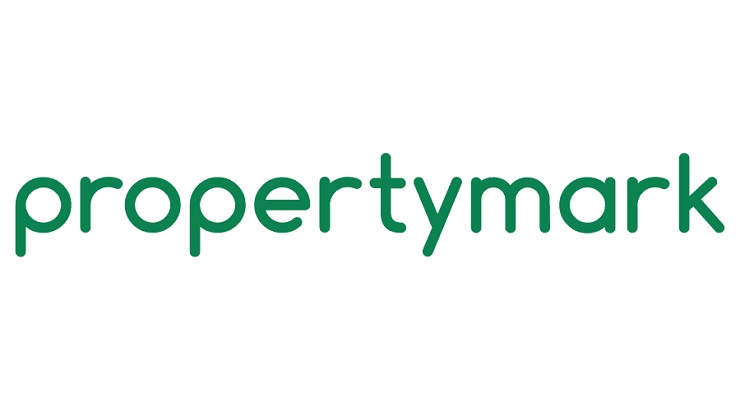Average UK asking price is £414,359, but the current sold price is just £226,906!
A very interesting article I read on the Emoov website as I enjoyed a very sunny English Summer afternoon in the garden made me think – Are we still valuing property here in the UK way above what they should be? Emoov explains:
Our latest research has highlighted the current reality gap at each end of the UK property market, with a 45% difference between the current average UK asking price of £414,359 and the current sold price of £226,906.
While this doesn’t necessarily mean home sellers need to reduce their price expectations by 45%, it highlights the gulf between the average price of homes on the market compared to those that are actually selling in the same market.
-26% UK Gap
-16% Scottish Gap
-21% Welsh Gap
-25% English Gap
This gap is largest in England (25%) with properties selling for an average of £243,639 but sellers listing at an average asking price of £323,336. In Wales, the gap is a difference of 21% between asking and sold prices and Scotland is home to the smallest gap with sellers asking £186,371 but buyers paying £156,495 on average.
Top 10 Biggest Gaps
Across the nation, the biggest gap is in South Gloucestershire, where the average asking price is currently £470,117 while the average sold price is £267,397, 43% lower.
Inverclyde in Scotland is home to the second largest gap, with the average sold price 41% lower than the average asking price of £159,932.
The average asking price in East Ayrshire is currently £136,456 but the average sold price is £93,053, 32% less and the third largest gap in the nation.
Nottingham is home to the second largest gap in England and fourth largest in the UK with a 31% difference between the average asking price of £195,192 and average sold price of £135,583.
The gap in Glasgow is the third largest in Scotland, with a 30% difference between the average asking price of £179,663 and average sold price of £125,918.
- #1 South Gloucestershire43%
- #2 Inverclyde41%
- #3 East Ayrshire32%
- #4 Nottingham31%
- #5 Glasgow30%
- #6 County Durham29%
- #7 Southampton28%
- #8 London27%
- #9 Renfrewshire27%
- #10 Surrey27%
County Durham (29%), Southampton (28%), London, Renfrewshire and Surrey (27%) complete the top 10 for biggest reality gaps between average asking and sold price across the UK.
The largest gap in Wales is Gwynedd where the average asking price is currently £186,362 while the average sold price is 23% less at £144,018.
The Best Areas for Realistic Sellers
Despite almost every area of the country being home to a lower average sold price than the average asking price, there are a few areas where the market is outperforming seller expectations.
Across the East Riding of Yorkshire, the average asking price is £170,981 but the current average sold price is £176,318, an increase of 3%. In Nottinghamshire (2%), the Orkney Islands and North Somerset (1%), the average sold price is also higher than the average asking price.
“In slower market conditions a seller’s expectation is always likely to differ from what the market dictates and what a buyer is willing to pay.
It’s only natural that a seller will tend to overprice their property, largely due to the emotional element, and while many will have to reduce their price to find a buyer this research doesn’t suggest they have to do so by 45%.
What it shows is that the average asking price of properties being listed in the UK is at the £400,000 bracket, while those that are selling have an average price in the £220,000 bracket.
That’s not to say that those appropriately priced for the £400,000 bracket aren’t selling, but in current market conditions its business as usual for buyers in lower price brackets while things are more lethargic in the higher price tiers.









